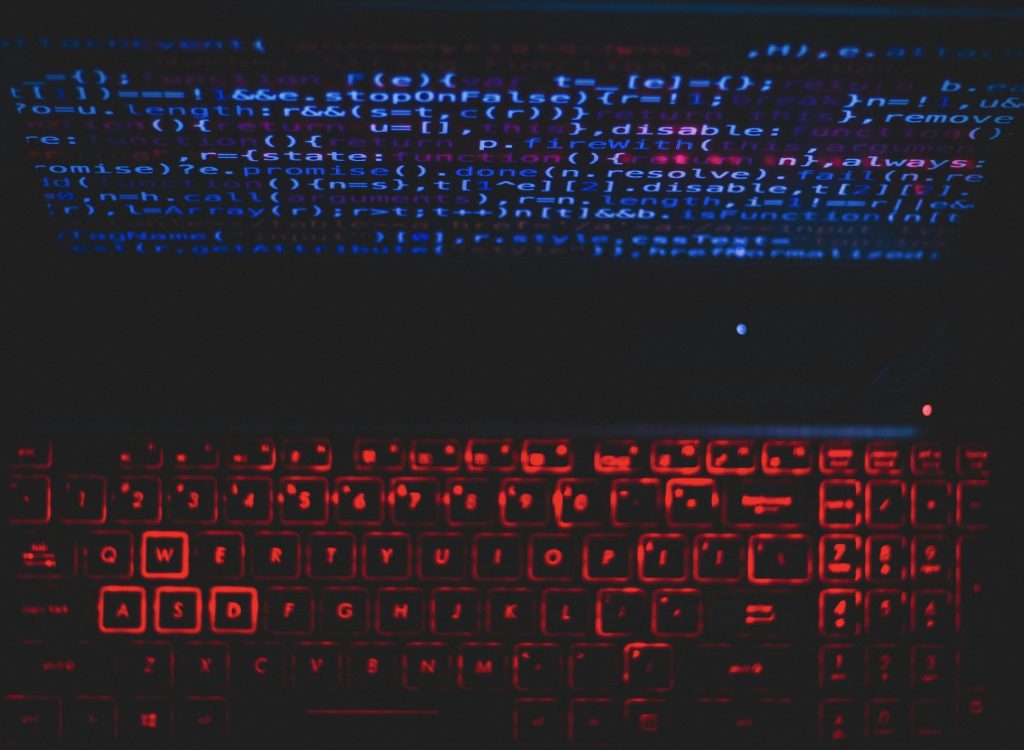In the vast landscape of technological progress, one area stands out as a cutting-edge frontier: quantum artificial intelligence or QuantumAI in short. This cutting-edge science skillfully combines the computational dexterity of artificial intelligence with the esoteric complexities of quantum physics, creating an unparalleled partnership poised to upend industries and transform the computer landscape. It’s as though artificial intelligence and quantum physics have started a wild tango, enthralling spectators with their unmatched fusion and threatening to unleash an enormous technological revolution.
The Quantum Jive: Understanding the Basics
The fascinating performance of quantum particles, in which the traditional actors, bits, gently cede the stage to their quantum counterparts, the enticing qubits, is at the heart of the complex tapestry of quantum artificial intelligence. Qubits, in contrast to their binary ancestors who were limited to the states of 0 or 1, have extraordinary abilities by being able to embody a fascinating superposition of both states at the same time. It’s like seeing a big show when a magician shows off his limitless tricks and leaves traditional computing in the dust while wowing the crowd with computational prowess.
The Quantum Revolution: Rethinking the Playbook of Computing
Traditional computing bows to its quantum cousin, the fascinating qubits, as the curtains rise on the quantum stage for quantum computing as a whole. Qubits are remarkable because they can embody several states concurrently, unlike their binary ancestors who were limited to the binary stage of 0s and 1s. It’s like seeing a huge show when a world-class magician reveals an infinite number of tricks, captivating the crowd and leaving conventional computer systems following in a cloud of stars. The performance must go on in this quantum theatre of computation, where qubits steal the stage and redefine the fundamentals of computing.
Entanglement: The Tango of Quantum Cooperation
Particles in the magical world of quantum physics have a quirky taste for entanglement, an enthralling phenomena in which particles, independent of physical distances, participate in a complex correlation dance. This cosmic waltz-like dance gives qubits the extraordinary capacity to exchange information instantly, beyond the traditional limitations of classical communication. Imagine every qubit as a member of a synchronised dance company, moving fluidly and precisely while coordinating an exquisite performance to skillfully negotiate the maze of complexity and leave conventional computing in its wake.
Quantum Parallelism: Cha-Cha-Cha with Speed
In the grand scheme of Quantum Artificial Intelligence, quantum parallelism is a crucial idea, in which qubits may process large volumes of data at the same time. In contrast to their classical equivalents, which address issues sequentially, quantum systems use a parallel approach—think of a large ballroom full of dancers moving smoothly around the floor in unison. This innate ability to process data in parallel propels computation to previously unheard-of rates, bringing about a quantum jump in performance that overtakes conventional computing like a quick-footed dancer outpacing a stolid wallflower.
The Quantum Symphony: Orchestrating Quantum Algorithms
Algorithms, each carefully designed to capitalise on the unique capabilities of quantum computing, boldly enter the exciting field of Quantum AI. For example, Grover’s method is a master at searching unsorted databases; it can perform the work ten times quicker than its classical predecessors. Shor’s algorithm, meanwhile, is quietly developing and might soon pose a threat to existing encryption techniques as it can factor big numbers quickly and with ease.
These quantum algorithms are like a symphony of computational power, with each note opening up new possibilities. Classical algorithms can only keep up with this dynamic, like a deaf amateur trying to join a virtuoso performance. It’s like a maestro leading an orchestra to crescendo after crescendo.
Decoherence: Navigating the Quantum Minefield
Deep behind the captivating show of quantum acrobatics, however, lies a dangerous foe: decoherence. This elusive enemy quietly encroaches onto quantum systems, leading them to become disorganised, like a group of dancers tripping over props during a beautiful performance. Imagine a magnificent ballroom that is all of a sudden rocked by chaos, upsetting the elegant quantum dance choreography.
In the pursuit of useful quantum computers, overcoming this enduring obstacle is still an enormous undertaking that calls for creative ways to maintain consistency and dependability in the middle of the chaotic dance of quantum particles. Researchers in the field of quantum computing are entrusted with arranging methods to preserve the harmony of quantum systems in the face of decoherence’s unanticipated disturbances, much as a competent conductor navigating the symphony’s disruptive antics.
The Future of Quantum AI: A Ballet of Innovation
Within the dynamic field of Quantum AI, a thriving community of scientists and engineers sets out on an unrelenting mission to surmount the technological obstacles that lie in its way. Their work involves a wide range of activities, from figuring out the complex structures of molecules to optimising supply systems and financial markets. These committed individuals skillfully and resolutely negotiate the complexity of Quantum AI, much like adventurous dancers learning difficult choreography. Quantum AI is bringing us closer to a point where the impossible is possible and human creativity itself is fundamentally reinterpreted with every graceful turn and leap.
